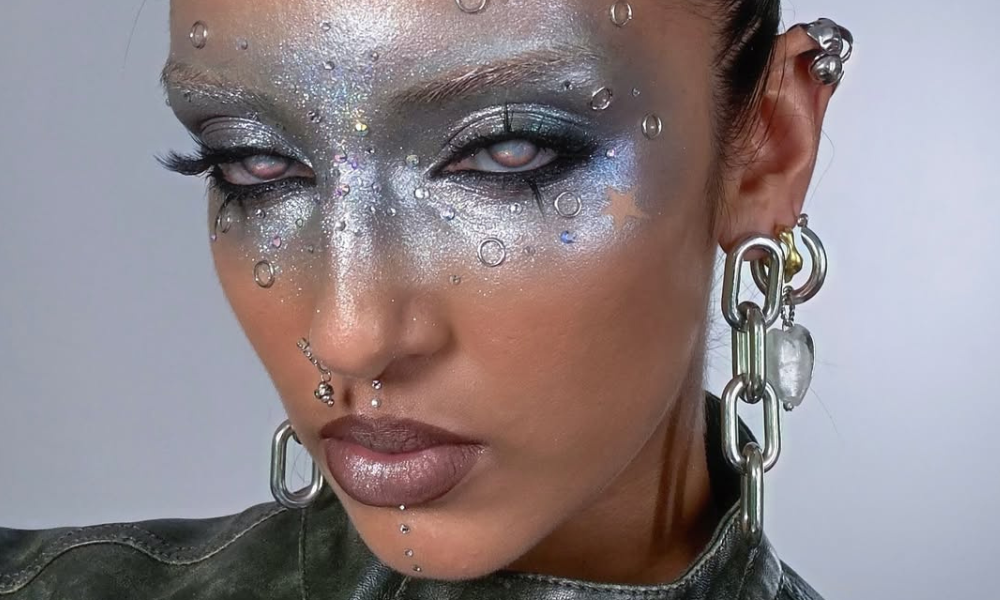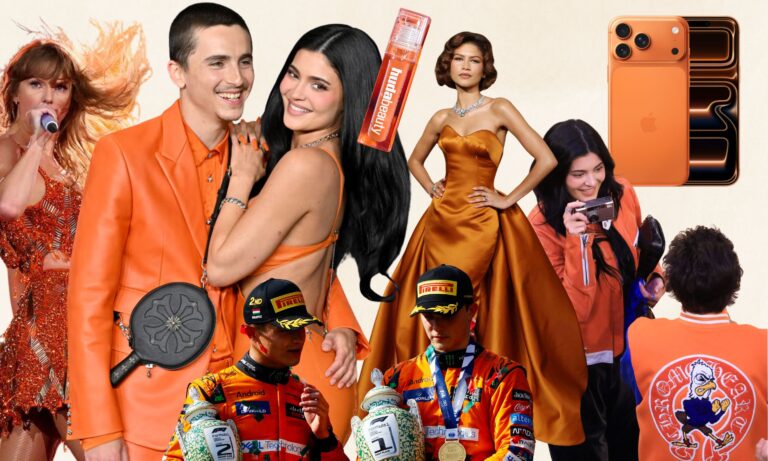For the past few seasons, the butterfly tops, baby tees, low-rise denim and frosted gloss of Y2K nostalgia were everywhere, from fast fashion to couture. But fashion is a pendulum. As retro reverie cools, a new aesthetic is crystallizing: Y3K, a hyper-futurist, “next-millennium” mood that privileges synthetic sheen, optical tricks, mixed reality, and tech-augmented craft over noughties kitsch. Think less flip phone, more pixel, photon, algorithm.
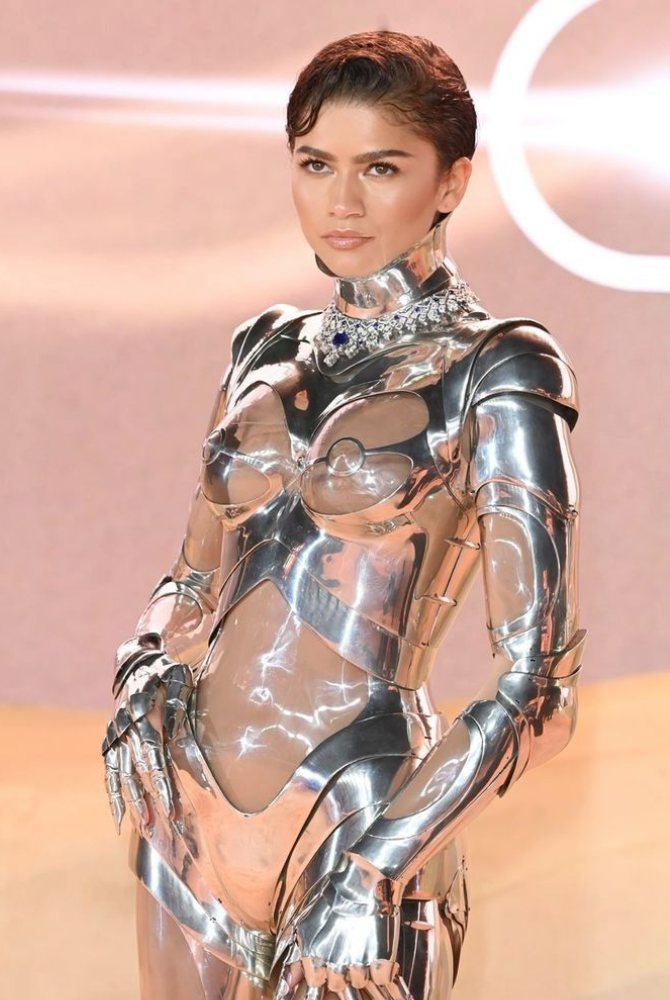
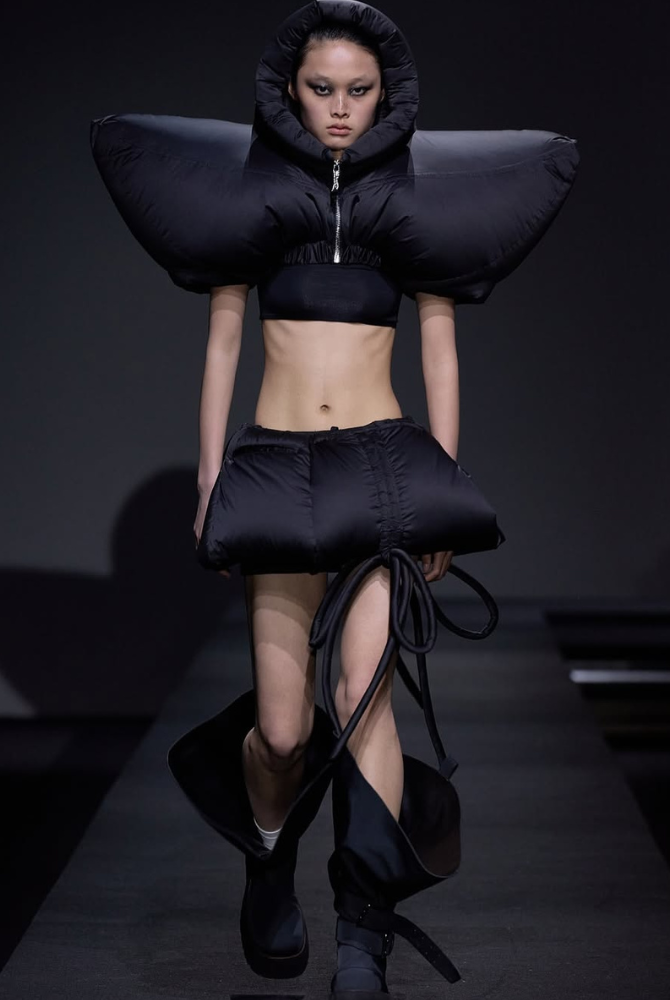
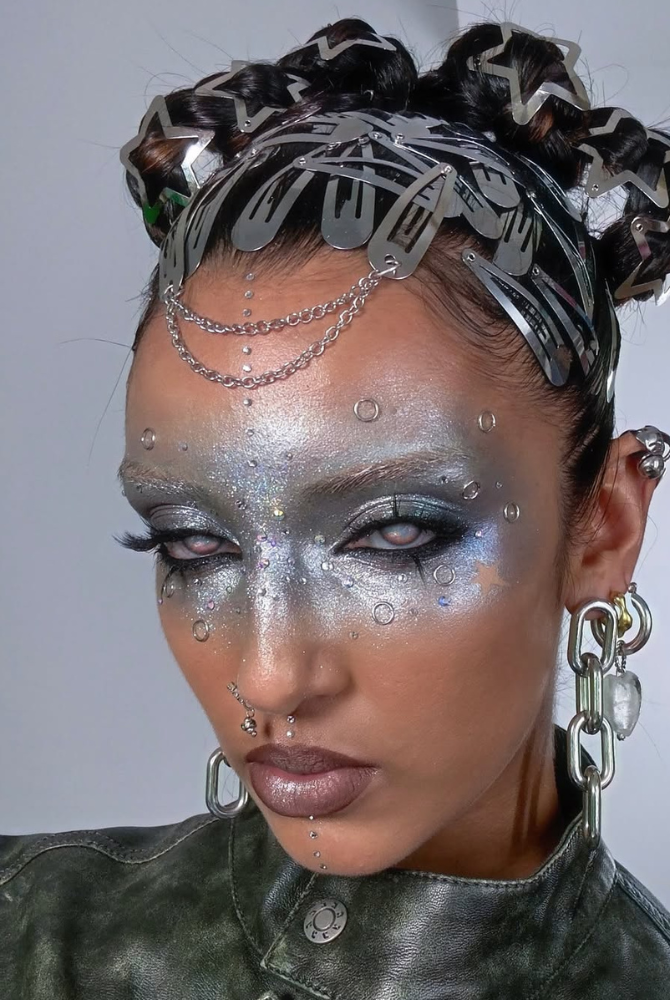
Below is a deep dive into what Y3K is, where it comes from, and how it shows up, on runways, in your feed, and increasingly in your wardrobe.
What is “Y3K” fashion?
Y3K is shorthand for a cluster of trends that look beyond the early-2000s revival toward a speculative, engineered future. Its signatures:
- Optical & pixel effects: garments that look rendered rather than woven; reality blurred into interface.
- Reactive materials: pieces that transform with light, heat, or movement.
- Phygital dressing: items designed to live both on-body and on-screen, plus digital twins and collectibles.
- Game-world silhouettes & cartoonish proportions: bubble, blocky, or avatar-adjacent forms.
- Tech-enabled craft: couture theatrics powered by software, new materials, and lab-level collaborations.
If Y2K fetishized the past’s idea of the future (rhinestone flip phones, chrome minis), Y3K borrows from gaming, UX, optics, and materials science to make the future feel present.
The runway receipts: where Y3K is already happening:
1) Pixel-to-reality illusions
Loewe’s Spring 2023 show turned the runway into a glitch: trompe-l’œil pixel tees, trousers and hoodies looked like 8-bit screenshots made flesh, Jonathan Anderson’s playful collapse of “real vs. rendered.” The idea extended into product (including a Pixel Puzzle bag) via the house’s official “Pixel Perfect” capsule.
2) Reactive, light-sensitive clothing
Anrealage’s Fall 2023 collection used moving UV spotlights to “develop” hidden colors and prints live on the catwalk, garments shift back when UV is removed and even respond differently outdoors, depending on sunlight. It’s couture as interface.
3) Material magic & viral tech stunts
Coperni’s now-canonical SS23 finale sprayed Fabrican onto Bella Hadid, forming a dress in minutes; the brand has since kept pushing with an aerogel “Air Swipe” bag made of NASA-grade silica (99% air). Y3K isn’t just a look, it’s process as performance.
4) Avatar energy IRL
The MSCHF Big Red Boots (Feb 2023) blew up because they looked ripped from a game engine—cartoon logic in the physical world. Their viral success helped normalize deliberately “unreal” proportions and foamy, toy-like geometry in footwear and accessories.
Digital fashion and the phygital shift:
Y3K thrives where fashion meets platforms:
- Luxury x Games: Balenciaga x Fortnite (2021) set the template: high-fidelity 3D scans of real garments, in-game skins, RL merch, and synchronized creative hubs, a two-way pipeline between avatar and wearer.
- Web3 pipelines: Nike’s acquisition of RTFKT and the launch of .SWOOSH formalized virtual product creation, co-design, and tradable digital goods recorded on blockchain, an infrastructure play for the next era of ownership and identity.
Together with digital-only fashion houses (e.g., The Fabricant, DressX), these moves reposition clothes as software-like, updateable, collectible, and interoperable, while keeping physical anchors in the loop.
A (brief) prehistory: the first futures on the catwalk
Y3K isn’t appearing from a vacuum; it updates a lineage that runs from the 1960s Space Age, André Courrèges’s astronaut helmets and vinyl go-go boots; Pierre Cardin’s Cosmocorps; Paco Rabanne’s metal and plastic “unwearables.” These designers treated synthetic materials and bold geometry as the language of tomorrow.

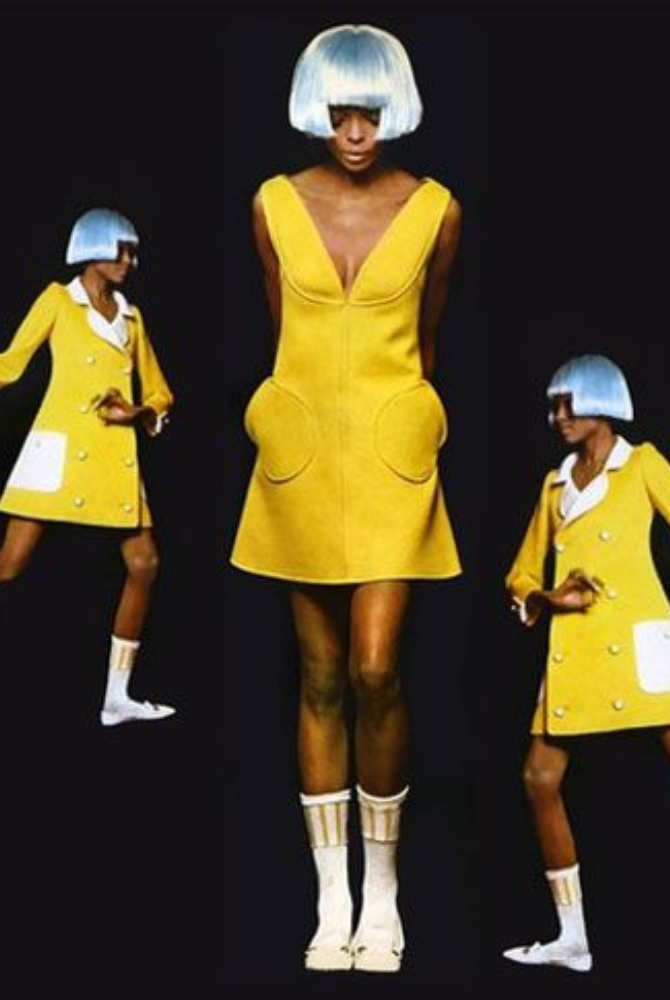
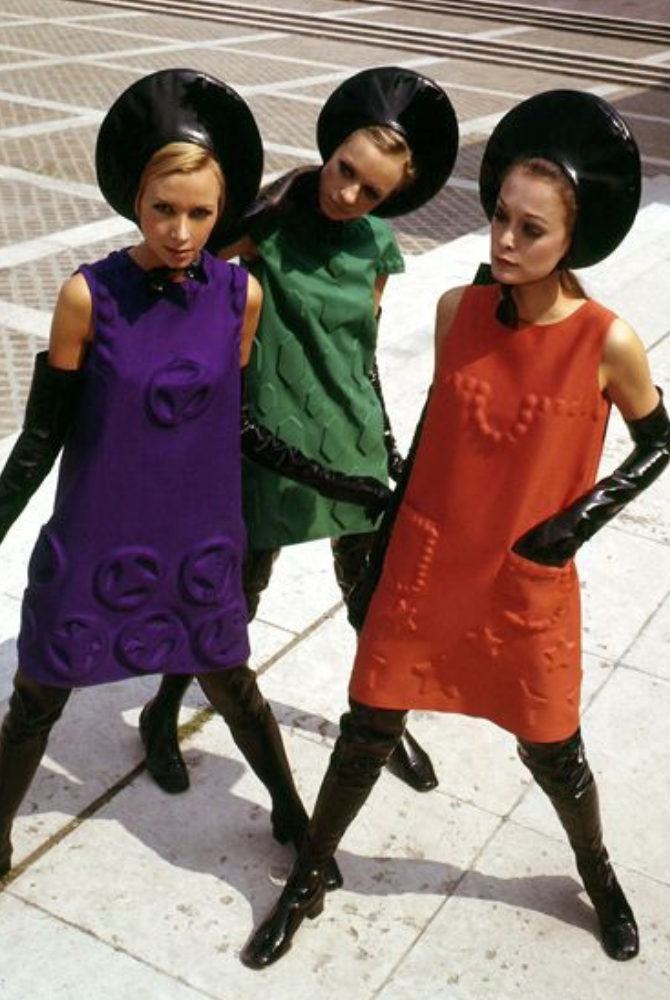
The Y3K toolkit: trends, items, and why they matter
- Pixel & UI Trompe-l’œil
- What to watch: Pixel-outlined tees, blur-printed denim, pixelated bags (Loewe).
- Why it matters: Signals the collapse of screen and seam; garments as images you can wear.
- Light/UV-Reactive Pieces
- What to watch: Sun-activated color shifts (Anrealage); stage lighting that changes garments live.
- Why it matters: Clothes become context-aware and performative, great for shows and social video.
- Spray-On, Printed & Lab-Born Textiles
- What to watch: Fabrican spray fabrics (Coperni); aerogels; 3D-printed elements in couture.
- Why it matters: New fabrication methods unlock silhouettes and surfaces impossible with traditional cloth.
- Avatar Proportions & Cartoon Core
- What to watch: Exaggerated boots, bulky foam volumes, glossy plastics.
- Hero item: MSCHF Big Red Boots.
- Why it matters: Embraces the game engine aesthetic shaping Gen-Z/Gen-Alpha taste.
- Phygital Ownership & Collectibles
- What to watch: Skins tied to product purchases; platform-native drops (.SWOOSH); collabs with game worlds.
- Why it matters: Creates network effects around fashion—community, resale dynamics, and identity travel across spaces.
Why “goodbye Y2K” now?
- Trend fatigue: After multiple cycles of micro-minis and bedazzled nostalgia, consumers want novelty rooted in what’s next, not what was.
- A tech-literate audience: Fashion literacy now includes filters, skins, shaders, not just fabrics and cuts, making Y3K visual language legible and desirable.
- Better pipelines: From high-fidelity 3D workflows to blockchain product IDs and gaming collabs, the industry finally has the tools to deliver future-feeling products at scale.
The big picture
Where Y2K mined a specific (and sentimental) era, Y3K is a posture: future-facing, platform-native, and engineered for mixed-reality life. It’s couture that reacts to light, ready-to-wear that looks like a render, accessories born from aerogel and code, and drops that matter as much to your avatar as to your mirror selfie.
The millennium bug we’re chasing now isn’t nostalgia, it’s possibility.
ALSO READ: ARE IN-SUITE BEAUTY BARS THE NEW DEFINITION OF LUXURY HOSPITALITY?
